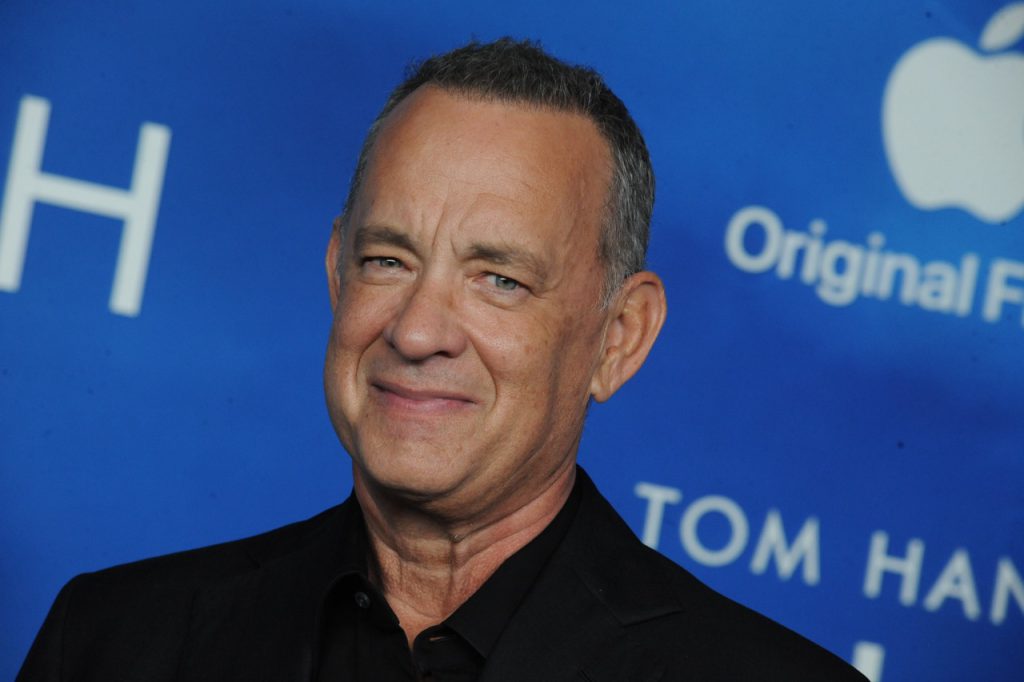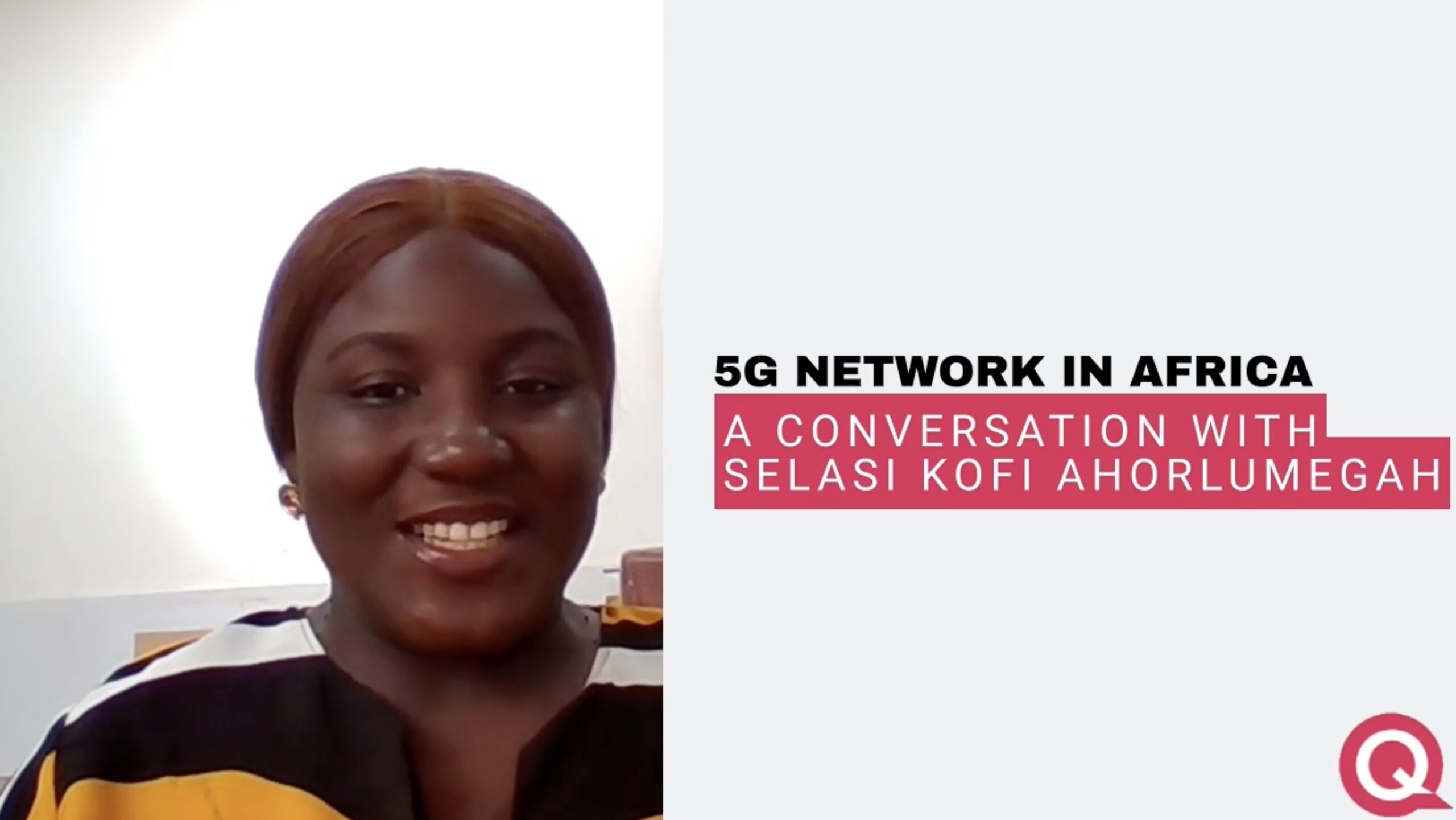Is there a secret to longevity? This health expert says 1,000% yes
In the era of social media, post-COVID, and with mental health at the forefront, a shift is taking […]

On July 13, the Screen Actors Guild (SAG) engaged in a dispute with the studios regarding control over the everlasting use of digital replicas of performers. Hollywood’s largest union, SAG-AFTRA, representing 160,000 members including actors, stunt performers, and voiceover artists is raising concern surrounding the rapid growth of AI technology, which has permeated various industries worldwide.
The Writers Guild of America (WGA) is also pushing for limitations on the use of artificial intelligence (AI) in writing scripts for films and television shows, but their proposition has been turned down by Hollywood studios that grapple with the challenge of profitability in the wake of streaming services and are confronted with a decline in advertising revenues.
In Hollywood, AI is already being used to digitally enhance the appearance of aging actors, censor profanity in actor performances, and even generate animated short films using OpenAI’s Dall-E, capable of creating realistic images. Some writers have also experimented with using AI to generate scripts.
The Alliance of Motion Picture and Television Producers (AMPTP), representing major studios and streaming services like Netflix and Walt Disney, reportedly refuted SAG-AFTRA’s claims, asserting that the current proposal limits the use of digital replicas to the specific motion picture in which the background actor is involved. Any other utilization would necessitate the actor’s consent and negotiations, including a minimum payment.
The discussions concluded on Wednesday without a consensus, sparking actors’ and writers’ outrage and an intensifying sense of discomfort outside the film industry that Hollywood’s strike is merely the beginning of the battle with AI.
Actors are forcing Hollywood studios to the negotiating table over contract signing, hoping to retain control over the utilization of digital simulations on screen. Household names such as Tom Hanks revealed that his lawyers were “frantically” trying to work out how to counter AI and deep fakes and protect intellectual property saying, “I could be hit by a bus tomorrow, but my performances could go on and on and on”.
Tom Graham, CEO of the Generative AI startup company, Metaphysic, that specializes in artificially created content that “looks and feels like reality”, confessed to a TED conference audience in May that “worried is the right instinct to have” given that the advances in technology are happening fast. Graham suggested that public awareness is key and that regulatory bodies will be required to verify what is “authentic media”.
From the writing and creative conception to the acting and image replication rights, the battle of man vs machine at the base of the film food chain – with writers – will be the one to watch. Apprehensive about being sidelined or undervalued, writers are objecting to studios hiring them for rewrites or to polish AI-generated scripts instead of first drafts, which pays less. The WGA proposed that content generated by AI systems like ChatGPT should not be considered “literary material”, in an attempt to protect terms that their members’ contracts already define.
Beyond studios’ savings on scriptwriting, the debate surrounding creativity and copyright unravels. The union argues that existing scripts should not be used to train AI, as it could lead to intellectual property theft, citing the “Nora Ephron problem,” which refers to the scenario where a studio trains an AI on all of Ephron’s scripts and uses it to write a comedy in her distinctive voice. Nora Ephron was the US’ most revered female comedic scriptwriter, famous for writing Hollywood blockbusters like “When Harry met Sally”.
Hollywood’s film and TV writers’ strike has escalated beyond the standoff between unions and studios to regulate AI in the creative process: it has sparked a global debate on AI’s applications in the future of film and far beyond, in a galaxy not-so “far, far away”.

In the era of social media, post-COVID, and with mental health at the forefront, a shift is taking […]

With its fast speeds and revolutionary potential, 5G stands out as a noteworthy milestone in the field of […]